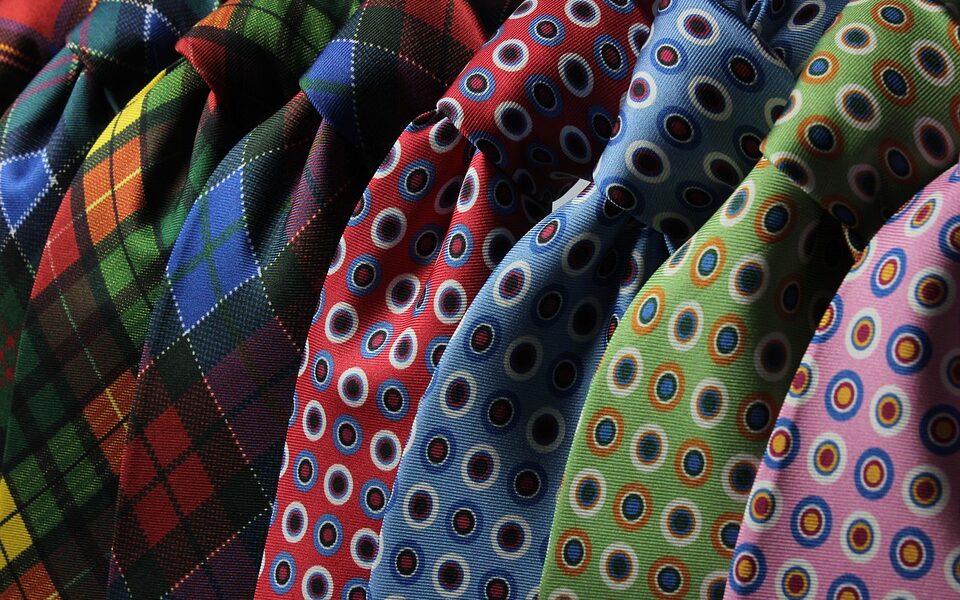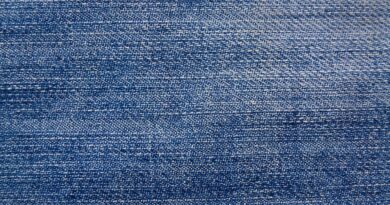Breaking Stereotypes: The Importance of Diversity in Women’s Clothing Advertising
Women’s clothing advertising has come a long way from its early days of emphasizing domesticity and modesty as female virtues. In the past, women’s clothing was sold with the notion that women should only wear garments that cover their bodies fully, and it was assumed that every woman wanted to be a homemaker. With the advent of female empowerment and feminist movements, there has been a drastic shift in the portrayal of women in fashion ads, and it has become essential to embrace diversity in women’s clothing advertising.
It is important to break free from the stereotypes of women’s clothing advertising as it perpetuates harmful gender roles and reinforces societal norms. The images we see in fashion ads shape how we view ourselves and others and can have a significant impact on our self-esteem and confidence. When clothing brands portray only one type of woman – typically white, thin, and conventionally attractive – they exclude and marginalize anyone who does not fit those narrow beauty standards.
Fortunately, many clothing brands have started to embrace the diversity in their advertising campaigns, and it has been incredibly refreshing to see women of all shapes, sizes, and ethnicities represented. Brands like Aerie, Dove, and Nike have led the way in promoting diversity and body positivity in their advertisements, showing that women of all body types can look and feel beautiful.
For example, Aerie launched its “Aerie Real” campaign in 2014, which featured models with visible body hair, stretch marks, cellulite, and various skin tones. The campaign was well-received and boosted the brand’s sales, proving that customers want to see real women in advertising. Nike’s “Dream Crazier” campaign, which features female athletes with diverse backgrounds and accomplishments, has also been praised for its inclusive message.
In addition to promoting body positivity, inclusive advertising can have significant social impacts. When women see themselves represented in media, they are more likely to feel valued and worthy. This, in turn, can help break down gender stereotypes and inspire women to pursue their passions and ambitions without being constrained by traditional gender norms.
In conclusion, achieving genuine diversity in women’s clothing advertising is essential in breaking down stereotypes and promoting inclusivity and acceptance. Brands that embrace diversity in their campaigns have demonstrated that it is possible to create positive change in the fashion industry, which has become a powerful tool in dismantling the limiting gender stereotypes that have long held women back. It is time to embrace diversity and break free from the outdated stereotypes of traditional fashion advertising.









